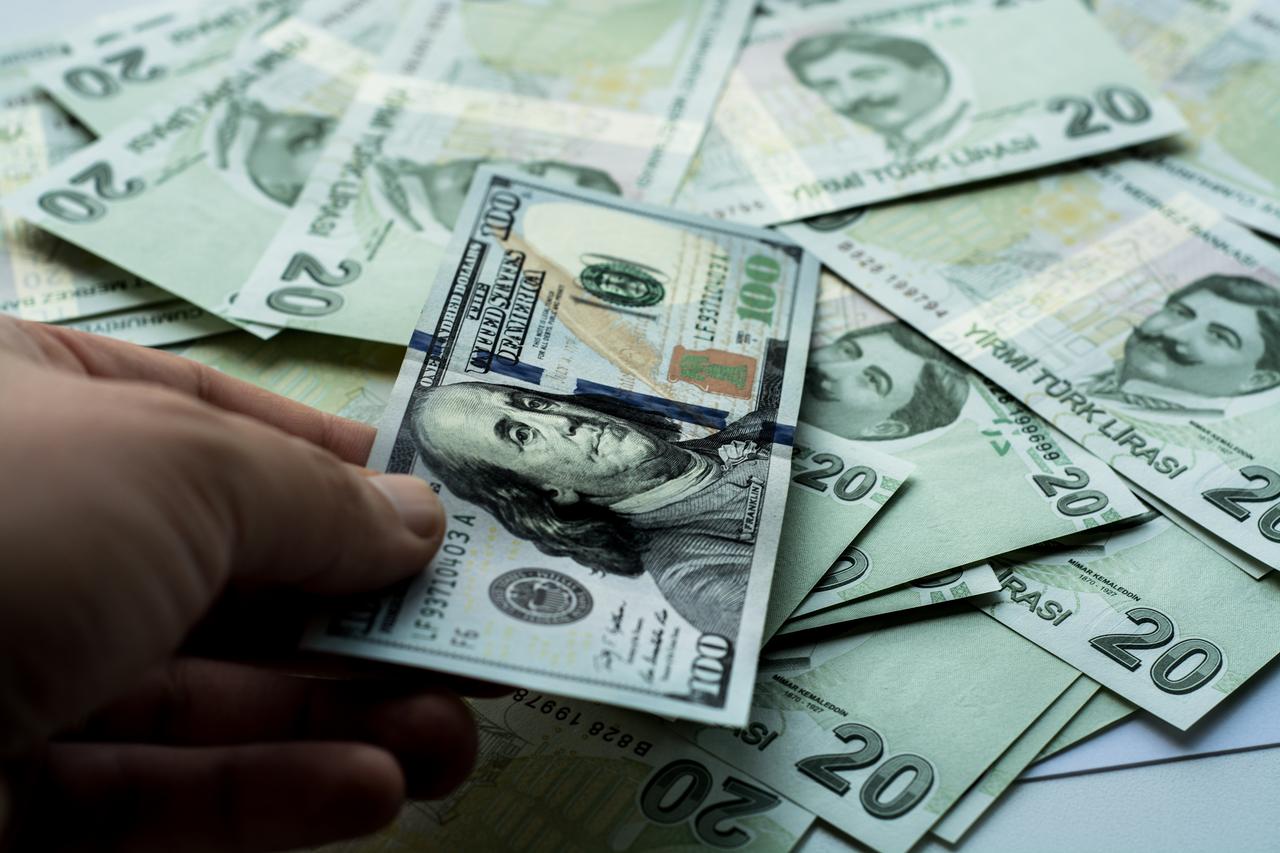
This article was originally written for Türkiye Today’s weekly economy newsletter, Turkish Economy in Brief, in its September 1 issue. Please make sure you are subscribed to the newsletter by clicking here.
The FX-Protected Lira Deposit (KKM) scheme, introduced after the exchange rate shock in the last quarter of 2021, officially ended last week.
The program, launched on Dec. 21, 2021, promised investors holding their savings in lira that if the depreciation of the lira against the dollar exceeded the return on their TL deposits, the difference would be covered. (Indeed, before the KKM decision, the USD/TRY rate had exceeded 18, but after the program’s introduction, it quickly fell below 12.)
The Treasury and the central bank of Türkiye assumed responsibility for covering the exchange rate difference. Some calculations suggest that payouts under KKM reached $58 billion.
The essence of KKM was to reduce dollarization and promote the Turkish lira. Beyond easing inflationary pressures, the aim was to mitigate systemic risks.
Debates in the country focused largely on its cost. Regarding the matter, Vice President Cevdet Yilmaz commented this week: “We need to discuss KKM with both its pros and cons. Of course, it had a cost, but it also provided stability in the exchange rate. It was designed as a temporary measure from the very beginning—even the law itself was enacted as a temporary article. It served the needs of that time, fulfilled its mission, and now it is exiting the system. I believe we managed it very successfully. At one point, KKM exceeded $140 billion, but today it stands at around $10 billion–$11 billion. We reduced it gradually without disturbing the markets or causing panic. I can say it was a very successful operation.”
Yilmaz’s statement that it “served the needs of that time” is particularly important. Without KKM, the trajectory of the currency shock would have been uncertain. Risks could have escalated into much higher inflation or even a balance of payments crisis. From this perspective, the “pros” of KKM become clearer.

With the return to rational policies following the 2023 elections, data show KKM’s contribution to curbing inflation and supporting the lira: Annual inflation peaked at 85.51% in November 2022 but fell to 33.52% by July 2025.
The share of standard lira deposits in total deposits had hit a historic low of 27.19% on June 10, 2022. As of the week ending Aug. 22, 2025, this share rose to 60.02%, the highest in nine years.
Despite deposit rates falling by around 7–8 points over the past three months to below 45%, and the withholding tax on deposit returns rising to 17.5% in early July, the lira’s share in the system increased—an indication that KKM also contributed to this trend.